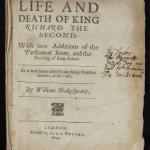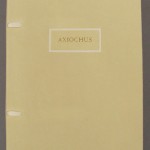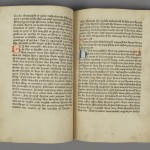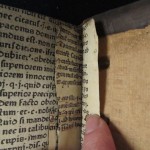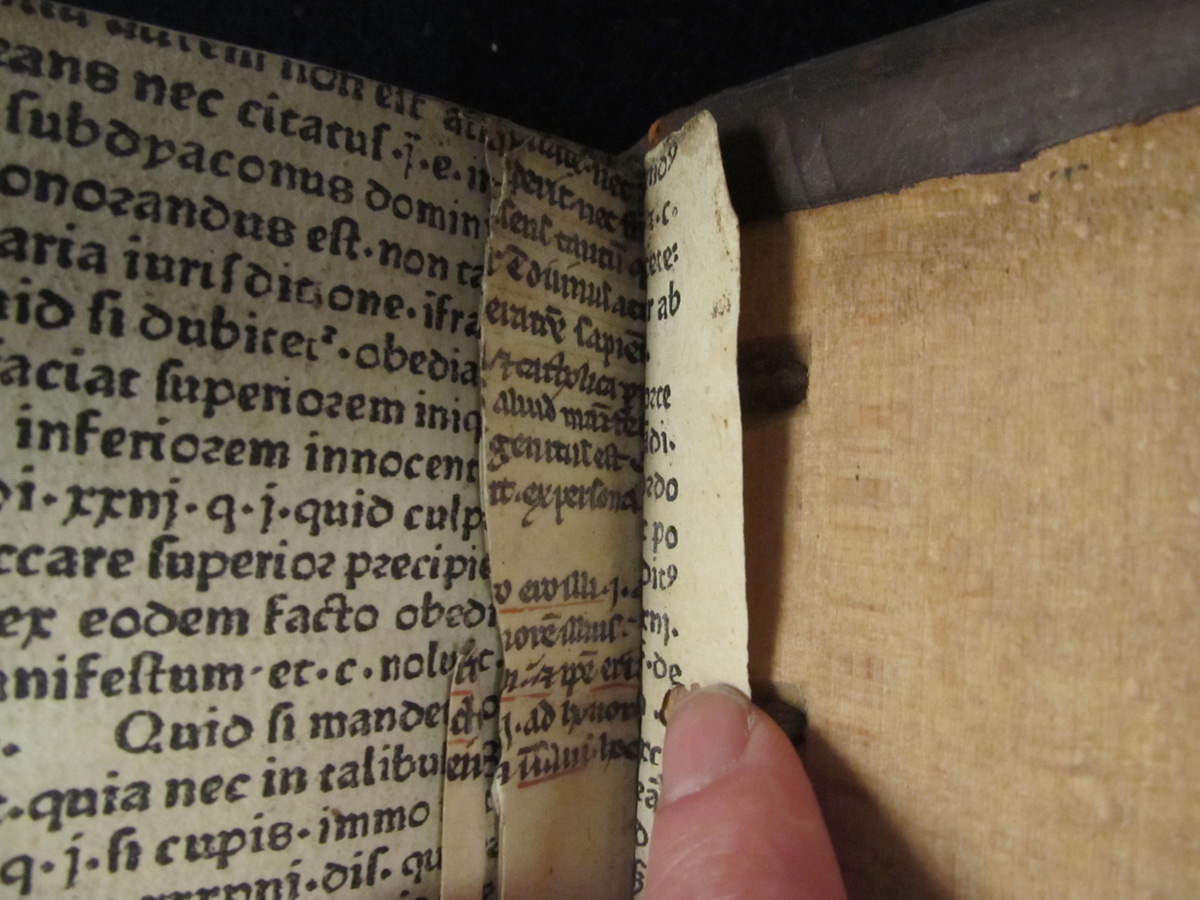
In 1986 when the Ransom Center acquired the Carl H. Pforzheimer library of early English literature, with books dating from 1475 to 1700, the book world gasped. The Pforzheimer library was the outstanding private collection of early English books available, and the acquisition of this exceptional private library of carefully selected rare, and in some cases, unique books in extraordinary condition, represents one of the Ransom Center’s great achievements in book collecting.
The Ransom Center first acquired Pforzheimer’s copy of the Gutenberg Bible in 1978, one of the most interesting of the 49 known copies of the bible. Rich in both provenance (early annotations place our copy in a fifteenth-century Carthusian monastery) and textual variations (including unique type settings), it is one of the greatest treasures here at the Ransom Center. When the Pforzheimer library arrived eight years later, it continued to impress. It contains the first book printed in English, by William Caxton, titled Recuyell of the Historyes of Troye, all four Shakespeare folios, deep holdings in Chaucer, Milton, and Spenser, three copies of the King James Bible from 1611, and the 1535 Coverdale Bible, which is the first bible printed in English, just to name some of the highlights.
The Pforzheimer books are significant bibliographically, intellectually, and culturally, thus the conservation department is proactively looking after their preservation needs. The conservation department has performed previous condition surveys on this collection, but this time we wanted to have a more comprehensive approach. The previous efforts were analyzed, the current curator of the collection was consulted, and the new survey was designed for a wider capture of information that will inform not only conservation needs but curatorial interests such as bibliographical data, bindings, provenance, and metadata. This particular survey will examine all 1,100 books in the collection, in order to address its conservation needs. The survey will be complete by the end of 2015, and the results will be shared publicly.
The Pforzheimer Library is the most frequently used early book collection at the Ransom Center, with many teaching faculty in the humanities using the collection for their classes and several visiting fellows researching within this collection. And with the arrival this year of the new curator, Gerald Cloud, the collection’s use is certain to increase and attract a broader audience.
Click on thumbnails to view larger images.
